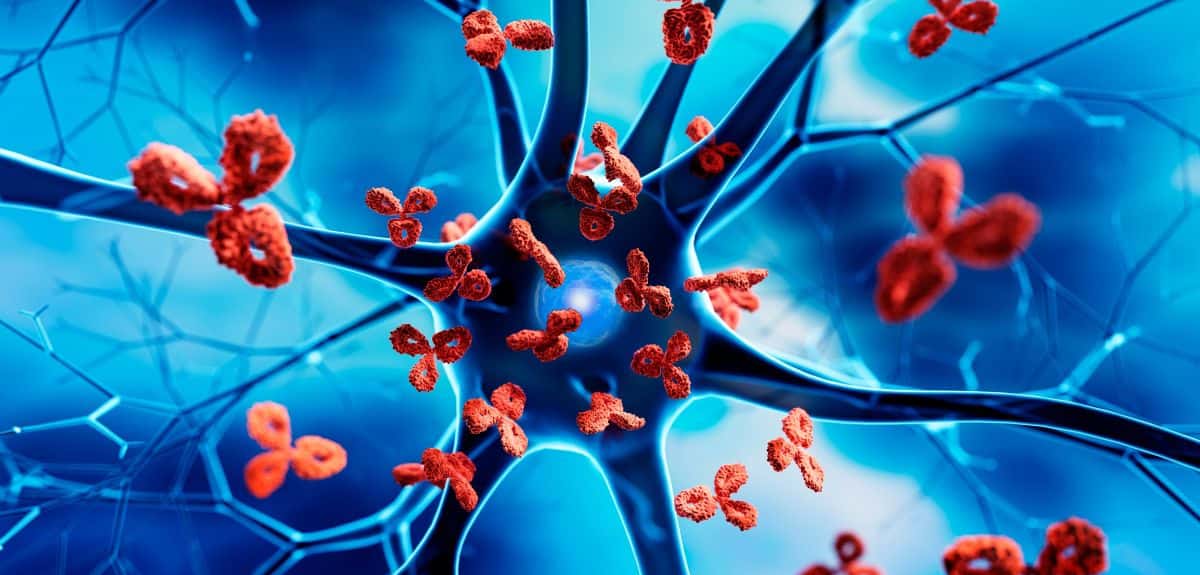
Around the world, more people are growing older. According to the World Health Organisation, 1 in 6 people in the world will be aged 60 years or over by 2030. By 2050, the world’s population of people aged 60 years and older will double to 2.1 billion. The number of persons aged 80 years or older is expected to triple between 2020 and 2050 to reach 426 million.
In line with the growing number of seniors, the number of people living with age-related diseases such as dementia, including Alzheimer’s Disease and Parkinson’s Disease is also expected to increase exponentially. These age-related diseases are an emerging impediment to healthy and functional ageing, underlines the Imperial College of London in this press release.
A class of medicine used in the treatment of neuro-cognitive diseases and other neurological ailments (migraines, headaches, etc) are currently obtained from extracts of the ergot fungus. However, continued cultivation of the ergot fungus for medicine is not sustainable as industrial agriculture is one of the largest contributors to carbon emissions worldwide.
New way of producing the D-lysergic acid
To meet the global demand for such medication, between 10-15 tons of D-lysergic acid (DLA), an ingredient used in producing the medicine, are produced each year. The ergot fungi are parasites to cereal crops such as rye, and their cultivation entails growing them on top of fields of such crops that could otherwise be used for food production. In order to reduce the use of arable land to produce such medicine, a group of researchers from the Yong Loo Lin School of Medicine at the National University of Singapore (NUS Medicine) and Imperial College, London have trialled an alternative way of producing DLA.
Using yeast commonly known to make bread, and synthetic biology techniques, the team introduced the enzymes from the ergot fungus into baker’s yeast, which also happens to be another fungus. Through a process known as fermentation, the modified yeast was then grown using sugar to produce DLA. Natural fermentation has been used throughout human history for food production, most notably in the production of bread and beer. Just like how baker’s yeast has been used to produce the alcohol and flavours in beer, fermentation using the modified yeast can now produce DLA.
The study was published in the XXX issue of Nature Communications.
Sustainable production of food ingredients
“It is possible to produce up to five tons of DLA annually using the current yeast strain; and with further optimisation, commercial production levels could be attainable,” explained Associate Professor Yew Wen Shan from the Department of Biochemistry at NUS Medicine and the co-lead Principal Investigator of the study. “This research builds upon the growing body of work that use microbes such as yeast for the sustainable production of medicine and functional food ingredients.”
Professor Paul Freemont, from the Department of Infectious Disease at Imperial College London, said: “Yeast has been a key part of human civilization for thousands of years, helping us to make bread and brew beer. But our relationship with this familiar microbe is evolving. Through this exciting collaboration we have been able to harness fungal cells to act as miniature factories to produce raw compounds for medicines. This is an example of how something seemingly small and inconsequential has the potential to change human lives, providing the drugs which will enable us to age better and reduce the environmental impact of industrial drug production.”
Also interesting: Dutch TU Delft biotechnologists turn yeast into mini-factories for making medicine
Selected for you!
Innovation Origins is the European platform for innovation news. In addition to the many reports from our own editors in 15 European countries, we select the most important press releases from reliable sources. This way you can stay up to date on what is happening in the world of innovation. Are you or do you know an organization that should not be missing from our list of selected sources? Then report to our editorial team.






